When life starts to feel a bit quieter than it used to be, something extraordinary happens when a four-legged friend enters the picture. Dogs have this magical way of bringing sparkle back to days that might otherwise feel routine or lonely. They’re like furry therapists who never charge by the hour and always show up with enthusiasm.
For seniors navigating this chapter of life, dogs offer something profound: a bridge back to joy, purpose, and connection. Whether you’re considering adding a canine companion to your family or you’re simply curious about the science behind this special bond, prepare to discover how these remarkable creatures can transform everyday moments into something much more meaningful. Let’s explore the wonderful ways our four-legged friends help seniors not just live, but truly thrive.
They Provide Unwavering Emotional Support When You Need It Most
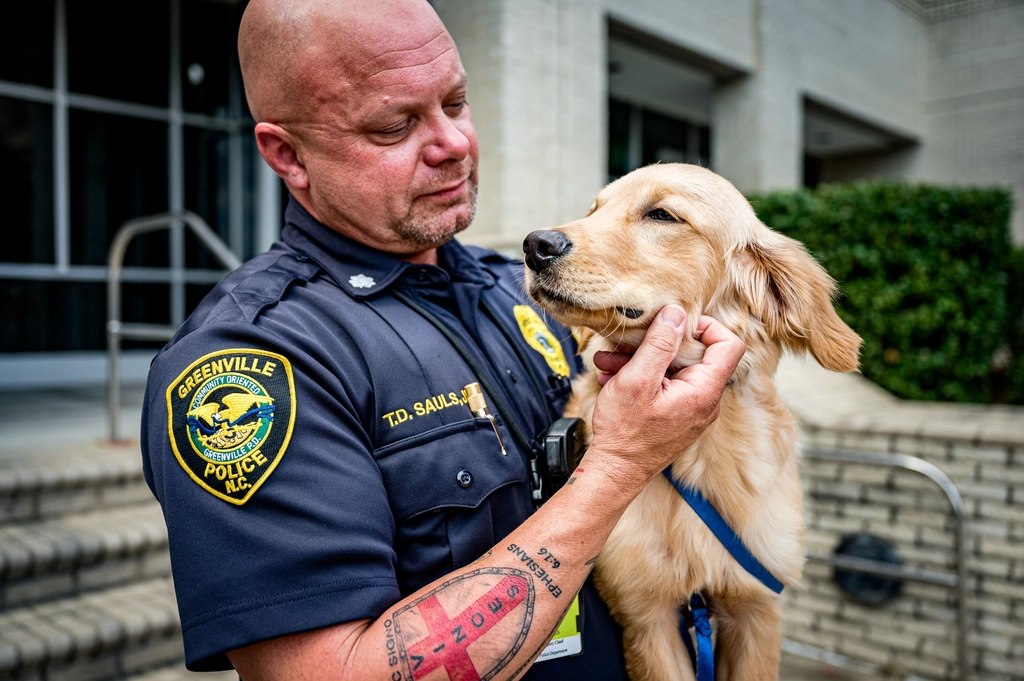
Dogs possess an almost supernatural ability to sense when you’re having a tough day. They offer unconditional love and support, creating a sense of purpose and belonging that fosters emotional well-being and mental resilience in seniors. Picture this: you’re sitting quietly, maybe feeling a bit overwhelmed, and suddenly a warm furry body settles beside you, offering silent comfort.
Petting a dog releases endorphins, natural mood boosters, which reduces stress, anxiety, and depression in seniors while improving mood through oxytocin. It’s like having a natural antidepressant that never runs out and comes with the sweetest wet nose kisses. Dogs offer unconditional love and comfort to everyone they interact with, providing an outlet for unconditional love that may be missing from their lives.
Daily Walks Transform Into Health-Boosting Adventures
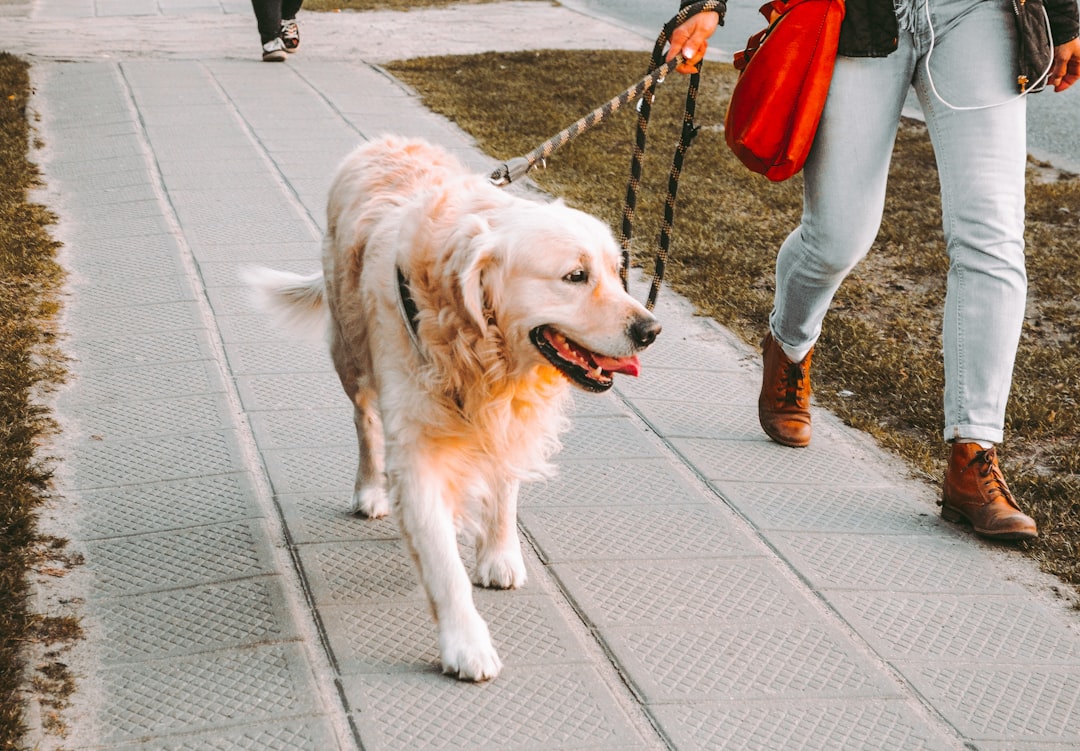
Dog owners walk an average of 22 minutes more per day compared to people without dogs, walking briskly at a moderate pace that gets their heart rates up. Think about it: when was the last time you had such an enthusiastic workout partner who never complained about the weather? Engaging in moderate exercise like dog walking helps improve cardiovascular health by lowering blood pressure and reducing the risk of heart disease.
Research shows people who own dogs walk 22 minutes longer on average than those without dogs, and even a low-intensity daily 20-minute walk can improve heart health, lower blood pressure, and relieve stress. Your furry companion doesn’t care if you’re wearing your fanciest outfit or your oldest sneakers – they’re just thrilled to explore the world with you. Regular walking helps maintain cardiovascular health, strengthens muscles, improves joint flexibility, and for seniors prone to falls, maintains balance and coordination.
They Create Natural Icebreakers for Social Connections
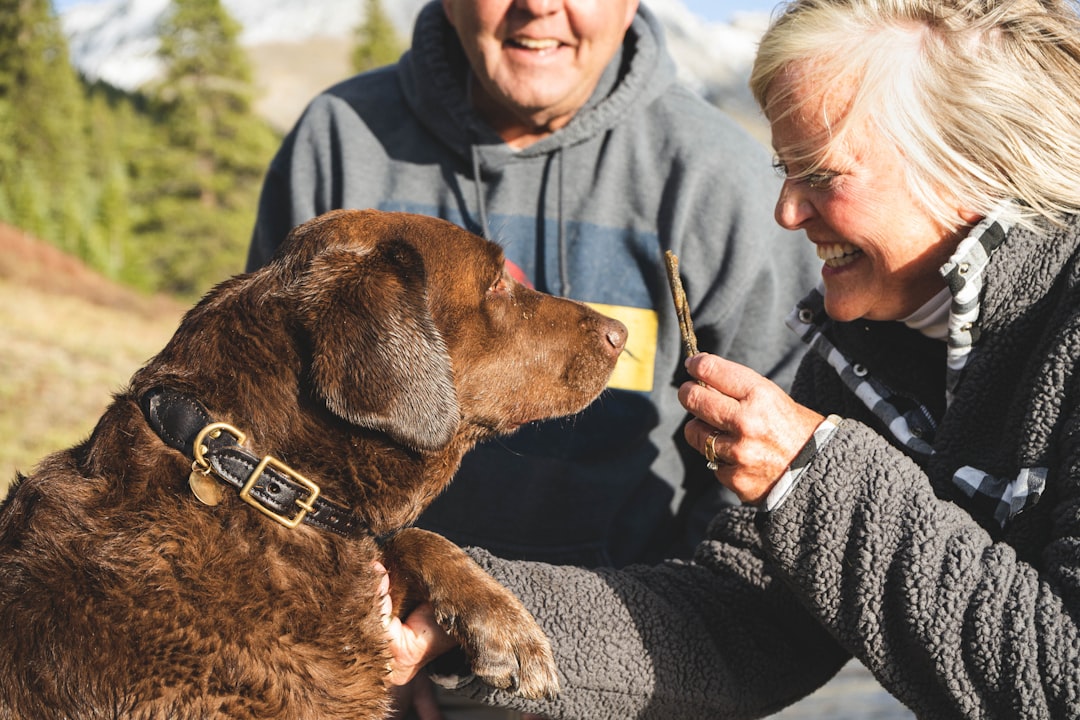
Studies suggest that senior pet owners often find that having a pet helps connect them to other people, as pets provide great conversation starters. Have you ever noticed how a cute dog instantly becomes a magnet for friendly conversations? Research found being a pet owner was the third most common way people meet others in their neighborhoods, with pet owners reportedly more likely to get to know people in their neighborhoods.
Dog parks, neighborhood walks, and even trips to the veterinarian become opportunities for meaningful social interactions. A pet serves as a medium through which social contacts can be established in everyday situations, with dog owners frequently socializing with others on walks and in dog parks. It’s remarkable how a simple question about your dog’s breed can bloom into a lasting friendship with a fellow dog lover.
Establishing Healthy Daily Routines That Bring Structure
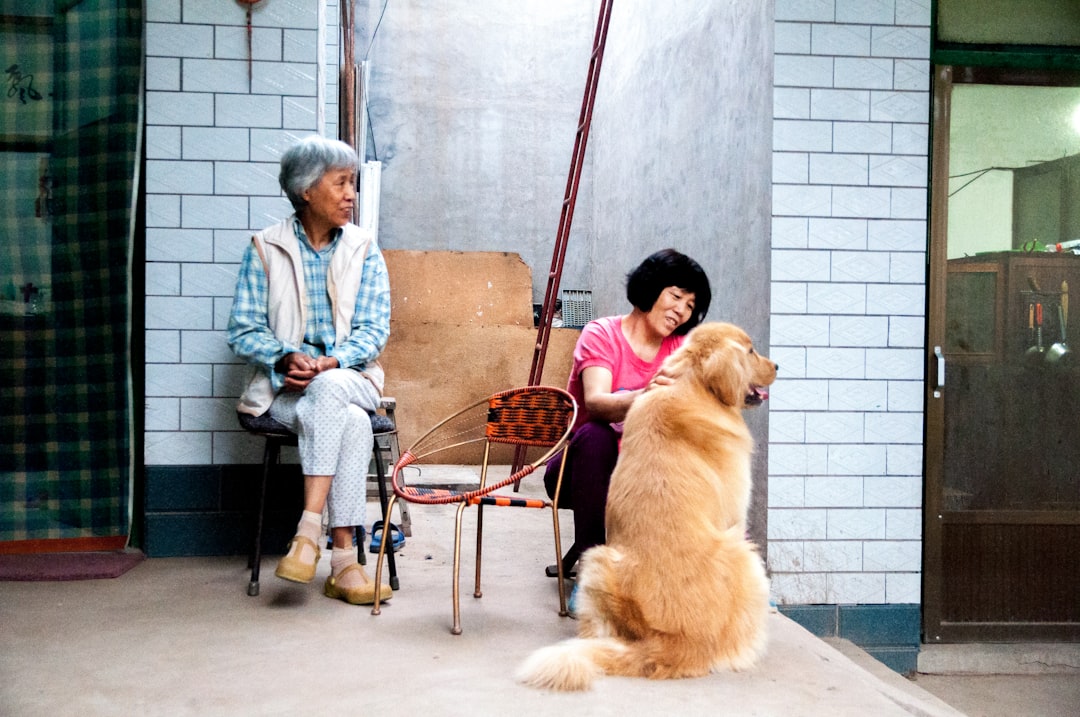
Dogs need care, feeding, and walks, which encourage seniors to establish regular routines that many seniors appreciate. There’s something deeply satisfying about having a living creature depend on you for their daily needs. Dogs give their days a certain structure with fixed times for meals and walks, providing elderly people with the feeling that they have a purpose and responsibility towards someone.
Through the responsibility of pet care, seniors establish daily routines that help structure their days and reduce feelings of loneliness or isolation. Morning feedings, afternoon walks, and evening playtime create natural anchors throughout the day. Having another living being to care for helps seniors add structure to their day through daily routines of feeding, playing with a pet, or taking a dog outside.
Offering Mental Stimulation That Keeps Minds Sharp

Walking exercises the mind as well as the body, with dogs providing mental stimulation through watching wildlife, exploring new paths, and seeing other people with their pets that they cannot get in the same area all the time. Every walk becomes an adventure full of new scents, sights, and sounds that engage your brain in ways you might not expect.
Positive experiences like playing and interacting with animals are very mentally stimulating, and many seniors learn to communicate with animals, even non-verbally at times. Training your dog new tricks or working on basic commands provides cognitive exercise that’s both fun and rewarding. Animal-assisted therapy for cognitive skills may involve helping seniors remember the pet’s breed or name and give basic commands.
Creating a Powerful Sense of Purpose and Meaning
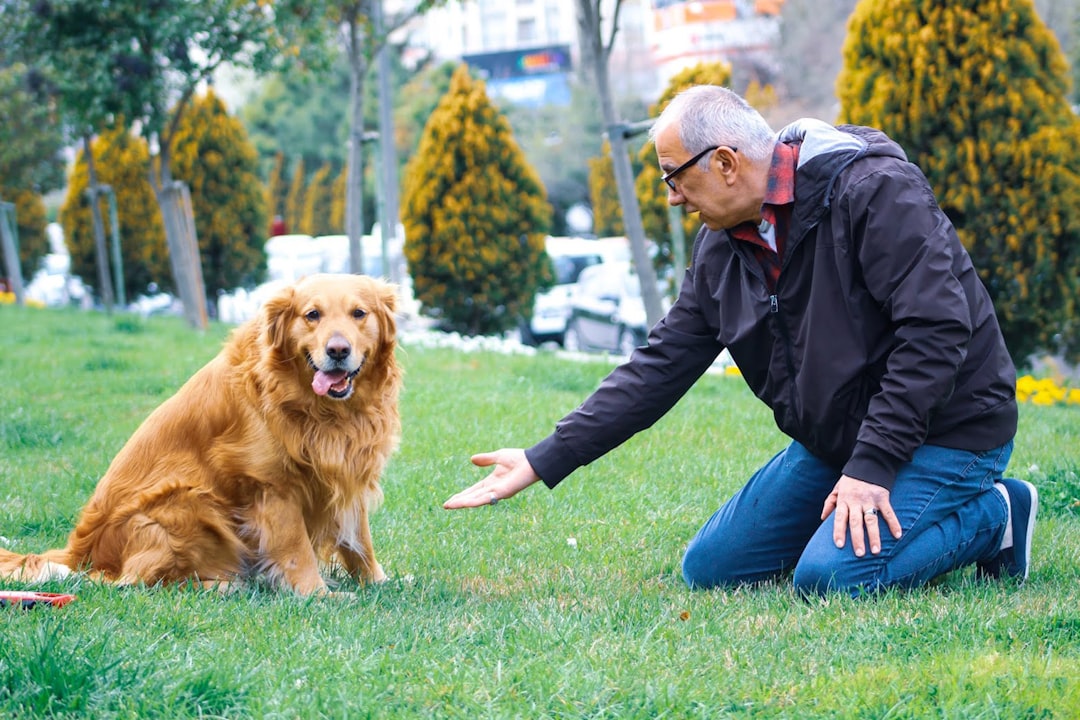
More than three-quarters of pet owners say their animals give them a sense of purpose, with nearly as many saying pets reduce their stress. When you wake up to a tail-wagging companion who’s genuinely excited to see you, it’s impossible not to feel needed and valued. Pet ownership provides companionship, gives a sense of purpose and meaning, reduces loneliness and increases socialization.
The unconditional love and non-judgmental nature of pets create a sense of purpose and responsibility, encouraging seniors to stay active while fostering emotional well-being and mental resilience. There’s something profoundly meaningful about being the center of another being’s universe, especially when that being shows such pure joy at your presence.
Serving as Natural Stress Relievers and Mood Lifters
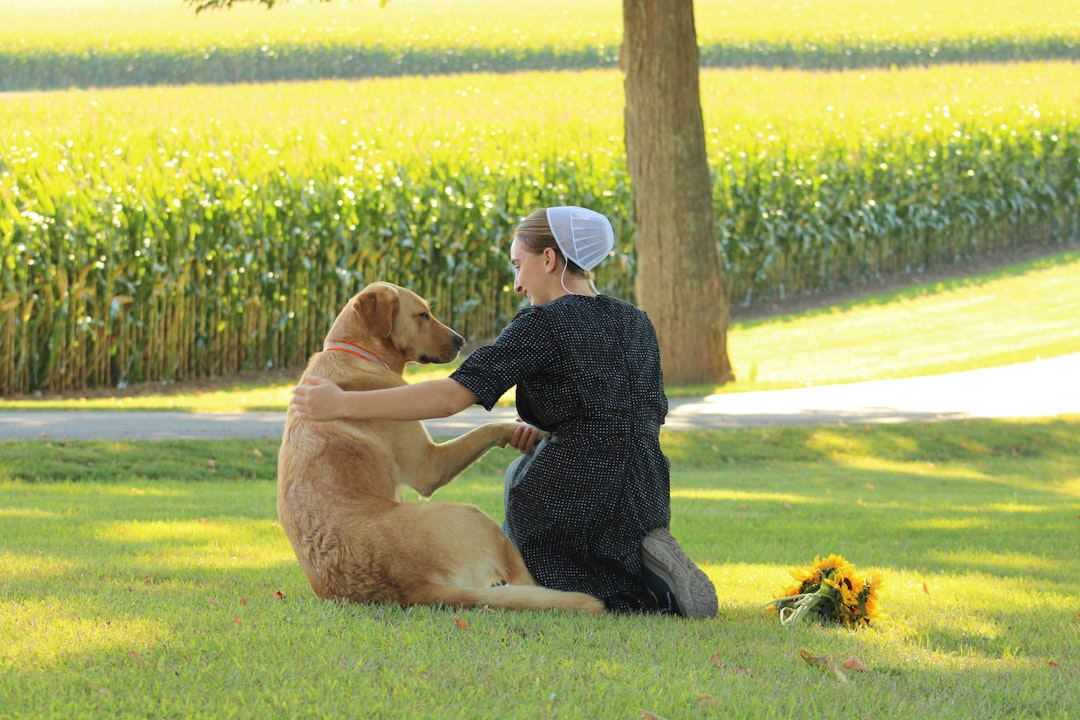
Research indicates that most people feel more relaxed after spending time with a pet, helping them live in the moment and stay mindful. Dogs have this incredible ability to keep you grounded in the present moment – they’re not worried about tomorrow’s appointment or yesterday’s mistakes. The calming influence of pets is beneficial to overall health, helping reduce anxiety and increasing a sense of security leading to improved sleep.
Simply petting a dog can decrease the level of the stress hormone cortisol and increase the level of the mood-regulating hormone serotonin, resulting in lowered blood pressure and heart rate. It’s like having a living, breathing stress ball that purrs (well, in this case, pants happily) and shows affection back. Seniors participating in pet therapy sessions show decreases in stress hormone levels like cortisol, which is closely linked to reduced anxiety and improved mood.
Encouraging Physical Touch and Affection

For many seniors, especially those living alone, dogs provide essential physical contact that might otherwise be missing from their daily lives. The simple act of stroking a dog’s soft fur, feeling their warm body curled up beside you, or receiving enthusiastic greetings creates meaningful physical connections. Spending time with animals significantly reduces feelings of desperation and loneliness, lowers blood pressure, and helps control cholesterol levels.
Dogs don’t judge whether you need an extra hug today or want to scratch behind their ears for comfort. Petting a therapy dog or having a therapy dog sniff their fingers can reduce feelings of depression and anxiety. This tactile interaction releases oxytocin and endorphins, creating a natural cycle of comfort and well-being that’s available whenever you need it most.
Providing Security and Companionship

Pet ownership provides comfort and safety, social inclusion and participation, purposeful routine and structure, and a meaningful role for community-dwelling older adults. There’s something incredibly reassuring about having a loyal companion who’s always alert to your surroundings. Even small dogs can provide a sense of security simply through their presence and their natural alertness to changes in the environment.
Dogs can be trained to identify specific medical warning signs, like recognizing when their owner is having a seizure or blood sugar crash. Many seniors find comfort in knowing their dog will alert them to visitors or unusual sounds. There’s nothing like coming home to somebody who’s as happy to see you as your dog – you’re the center of their universe and they never let you forget it.
Supporting Physical Recovery and Mobility
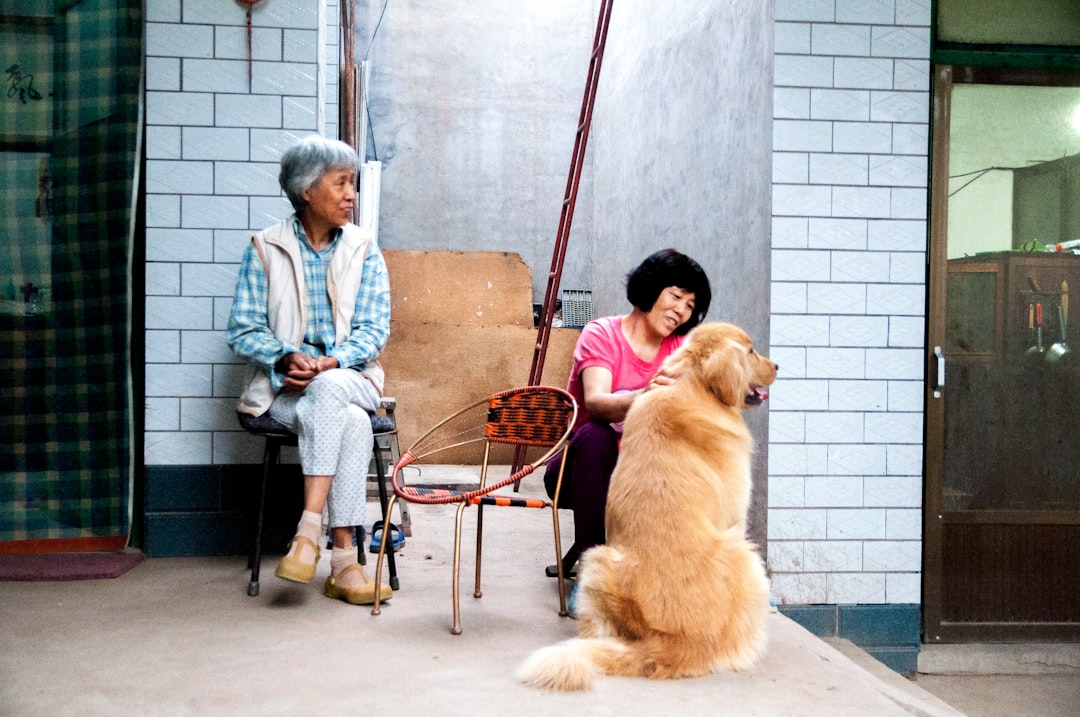
Seniors who interact with dogs may improve their walking and mobility, with studies finding that pet therapy helped improve the balance and gait of senior participants. Dogs naturally encourage movement – whether it’s walking to fill their food bowl, bending down to pet them, or simply getting up to let them outside. Research suggests that many older adults report their pets help them cope with physical or emotional symptoms and can help take their mind off pain.
Increased physical activity from pet ownership decreases postoperative complications and is highly beneficial for seniors recovering from surgery. The motivation to care for a beloved companion often encourages seniors to maintain mobility even when they might otherwise be tempted to remain sedentary. Having a therapy dog around motivates residents to get up and engage in more physical activity, and engaging in physical activity, spending time outdoors, and petting a dog are excellent ways to enhance health.
Conclusion

Dogs truly are remarkable companions who offer seniors far more than just friendship – they provide a pathway back to vitality, purpose, and joy. From encouraging daily exercise to fostering social connections, from reducing stress to creating meaningful routines, our canine companions have an almost magical ability to enrich every aspect of senior life.
The science is clear: dog ownership can lead to better physical health, improved mental well-being, and a stronger sense of connection to the world around us. These benefits aren’t just nice-to-haves – they’re genuine health improvements that can add both years to life and life to years. What do you think about welcoming a furry friend into your life? Tell us in the comments.

Gargi from India has a Masters in History, and a Bachelor of Education. An animal lover, she is keen on crafting stories and creating content while pursuing a career in education.






